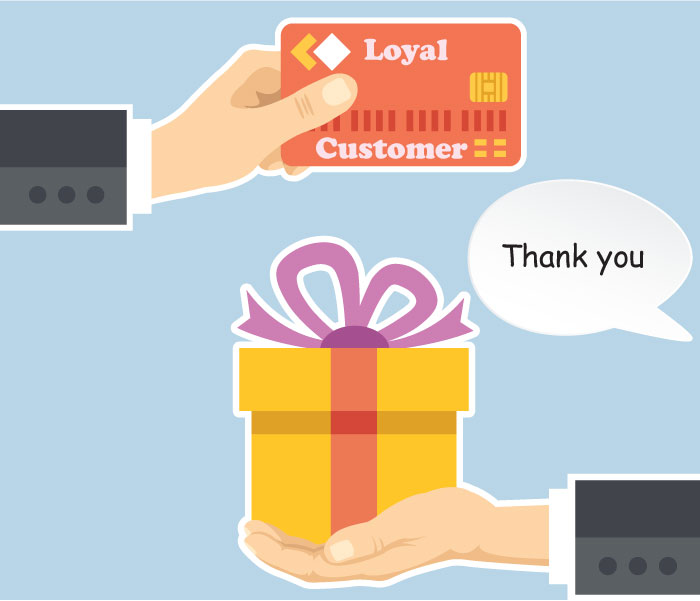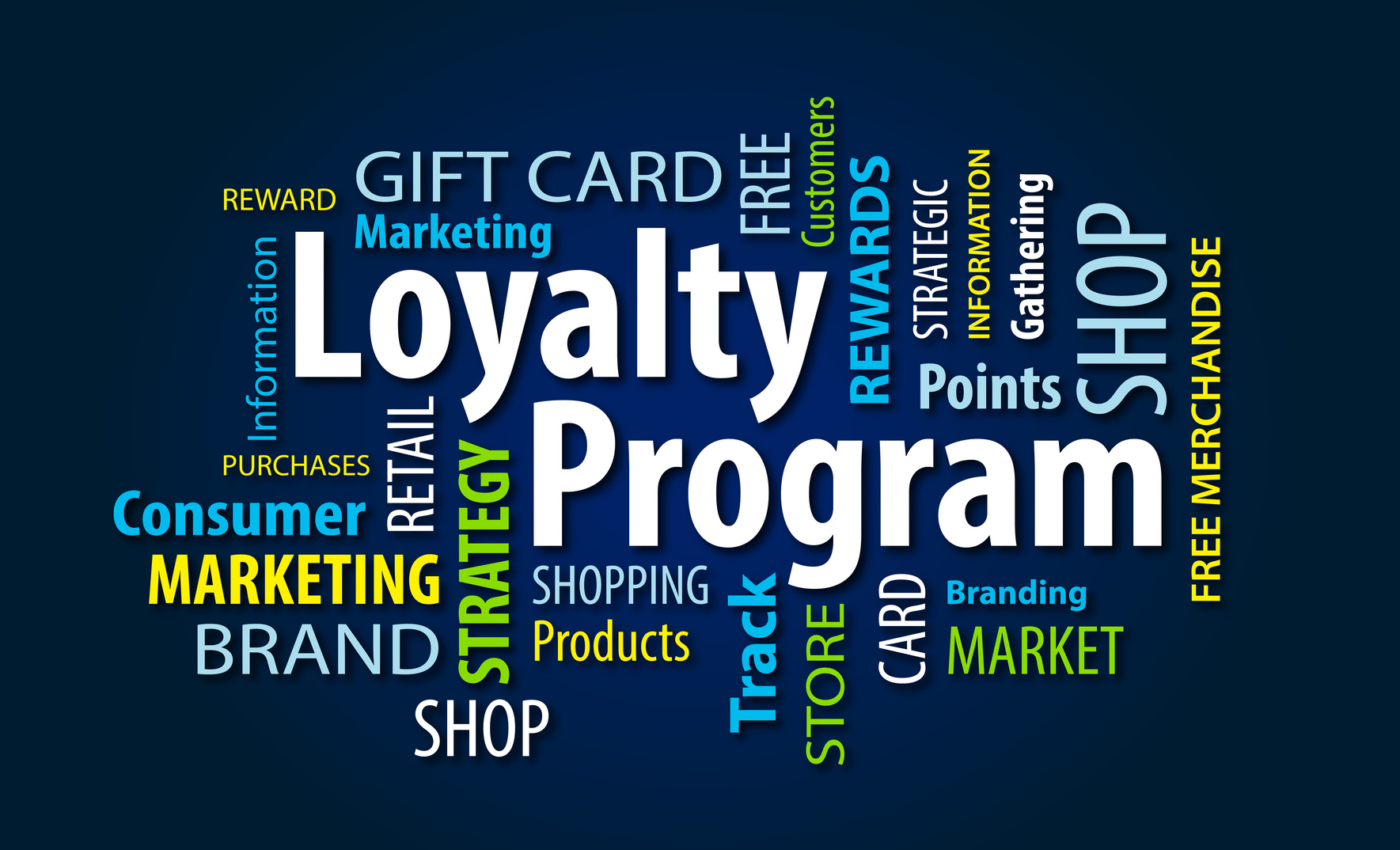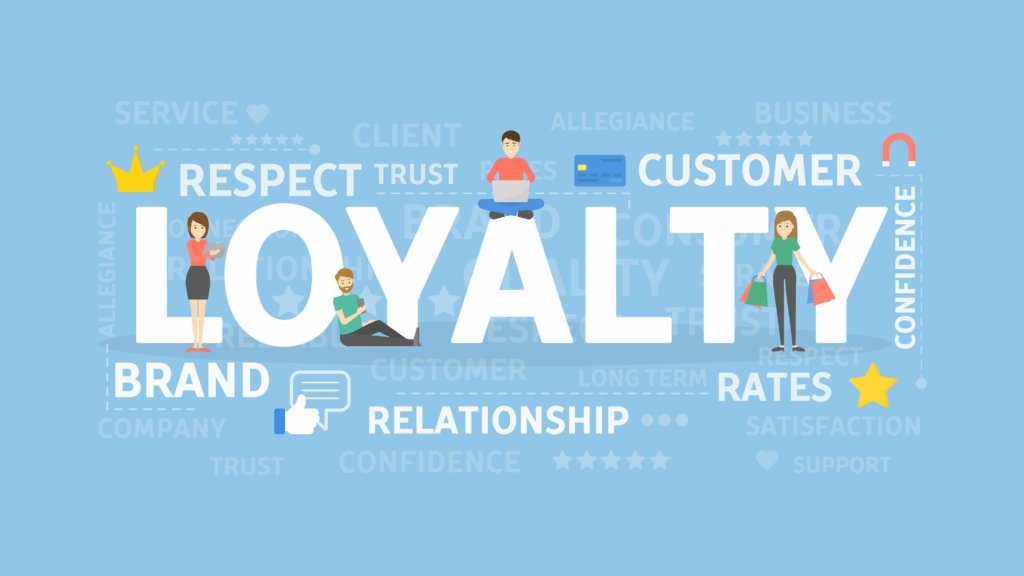All Categories
Featured
Table of Contents
In 27253, River Sutton and Lizbeth Odonnell Learned About Emotional Response

What if you could grow your business without increasing your spending? In truth, what if you could really reduce your costs but increase your sales, year after year? Would you do it? If you're an entrepreneur, then you'll likely provide a resounding 'yes', an easy answer to an even simpler question.
A benefits program tracks and rewards specific costs behavior by the customer, supplying unique benefits to devoted consumers who continue to patronize a certain brand name. The more that the customer invests in the store, the more advantages they receive. Gradually, this reward develops loyal clients out of an existing customer base.

Even if you currently have a reward program in location, it's an excellent concept to dig in and totally understand what makes client commitment programs work, along with how to carry out one that costs you little money and time. Don't fret, I'll assist you with that. I'll break down the primary advantages of a commitment program and the very best methods to develop devoted clients.
Let's dig in. Customer commitment is when a customer returns to work with your brand over your rivals and is largely affected by the favorable experiences that the consumer has with your brand name. The more favorable the experience, the most likely they will return to shop with you. Consumer commitment is incredibly essential to companies since it will assist you grow your organization and sales faster than an easy marketing plan that focuses on hiring new consumers alone.
A couple of ways to determine customer loyalty include:. NPS tools either send a brand name performance study via email or ask customers for feedback while they are going to a business's site. This details can then be utilized to better comprehend the probability of consumer loyalty. A repurchase ratio determines the ratio of repeat purchasers versus one-time purchasers.
Consumer loyalty index (CLI). The CLI tracks consumer commitment with time and resembles an NPS study. However, it takes into account a few additional aspects on top of NPS like upselling and redeeming. These metrics are then used to evaluate brand name commitment. A client loyalty program is a marketing method that rewards customers who make purchases and engage with the brand name on an ongoing basis.
Client rewards programs are developed to incentivize future purchases. This motivates them to continue working with your brand. Consumer commitment programs can be established in various methods. A popular client commitment program benefits consumers through a points system, which can then be invested in future purchases. Another type of client commitment program may reward them with member-exclusive benefits or free gifts, or it may even reward them by donating money to a charity that you and your clients are equally passionate about.
In Fort Wayne, IN, Michelle Cox and Muhammad Wyatt Learned About Business Owners
By offering benefits to your clients for being devoted and encouraging, you'll construct a relationship with them, deepening their relationship with your brand and ideally making it less most likely for them to change to a rival. You have actually likely seen consumer commitment programs in your own shopping experience, whether at your preferred cafes or your most frequented grocery shops.
But simply since everyone is doing it does not mean that's a great enough reason for you to do it too. The better you comprehend the benefits of a client rewards program, the more clarity you will have as you create one for your own store. You won't be distracted by amazing advantages and complex commitment points systems.
Remember: work smarter, not harder. Client retention is the main benefit of a benefits program that serves as a foundation to all of the other advantages. As you provide rewards for your existing customer base to continue to buy from your store, you will offer your store with a consistent circulation of cash month after month.
By growing your retention rate, you can stop spending as much time or money on increasing your overall variety of consumers. Why is this crucial? Loyal customers have a greater conversion rate than new clients, implying they are most likely to make a transaction when they visit your shop than a brand-new consumer.
By increasing your retention rate by only 5 percent, you can increase your revenues by 25 percent and as much as by 95 percent. Needless to say, your retention rate matters. Secret Takeaway: If you desire to considerably increase your earnings, provide rewards for your existing clients to continue to go shopping at your shop.
And you won't have to invest money on marketing to get them there. Customer acquisition (aka generating brand-new clients) takes a lot of effort and money to encourage total strangers to trust your brand name, come to your store, and attempt your items. In the end, any money earned by this brand-new client is eclipsed by all of the cash invested in getting them there.
Secret Takeaway: If you want to reduce costs, concentrate on client retention instead of client acquisition. When you focus on offering a favorable personalized experience for your existing customers, they will naturally tell their good friends and family about your brand. And with each subsequent transaction, loyal consumers will tell a lot more people per deal.
In Ellicott City, MD, Alannah Lara and Chelsea Herrera Learned About Linkedin Learning
The finest part? Due to the fact that these brand-new clients came from trusted sources, they are more likely to become devoted clients themselves, investing more on average than brand-new consumers brought in by other marketing efforts. The Chase Ultimate Rewards program, for instance, uses significant benefits for people who take a trip a lot.
The 'supreme rewards' that Chase cardholders get include 2x points per dollar invested on all travel purchases as well as primary rental cars and truck insurance coverage, no foreign deal costs, trip cancellation insurance coverage, and purchase defense. For people who take a trip a lotand have non reusable income to do sothere is an enormous incentive to spend money through the supreme rewards program.
This whole procedure makes redeeming benefits something worth boasting about, which is exactly what numerous cardholders wind up doing. And to help them do it, Chase provides a bonus for that too. Secret Takeaway: Make it easy for your clients to boast about you and they will spread out the word about your store for totally free.
As soon as you get the fundamentals down, then utilizing a commitment rewards app can help take care of the technical details. Here are the steps to get going with creating your client loyalty program. No customer wants to purchase items they don't want or need. The same opts for your loyalty program.
And the only way to customize an irresistible customer commitment program is by intimately understanding your customer base. The best way to do this? By carrying out these strategies: Develop consumer contact info anywhere possible. Ensure your company is continuously constructing an in-depth contact list that permits you to access existing clients as frequently and as quickly as possible.

Track consumer habits. Know what your customers want and when they want it. In doing so, you can expect their wants and requires and offer them with a loyalty program that will satisfy them. Categorize client individual traits and choices. Take a multi-faceted method, don't restrict your loyalty program to simply one opportunity of success.
Motivate social networks engagement. Frame strategies to engage with your customers and target audience on social networks. They will quickly offer you with very informative feedback on your services and products, enabling you to better understand what they get out of your brand. When you have worked out who your clients are and why they are doing business with your brand, it's time to decide which kind of loyalty benefits program will motivate them to stay loyal to you.
In 11784, Hannah Stafford and Makayla Patel Learned About Customer Loyalty
Nevertheless, the most typical client commitment programs centralize around these main ideas: The points program. This kind of program concentrates on gratifying customers for each purchase they make with points in a point system. These points can then either be used on future purchases or put towards some form of reward.
The paid program. This type of program needs clients to pay a one-time or annual cost to join your VIP list. Commitment members who come from this list have the ability to gain access to special benefits or member-exclusive benefits. The charity program. This kind of program is a little different than the others.
This is accomplished by motivating them to do business with the brand name and, in return, their commitment will be rewarded with a contribution to a charity. The tier program. This type of program focuses on increasing levels of brand loyalty. The more faithful a consumer is to a brand, the higher tier they will reach and the much better the rewards they will receive.
This kind of program is simply as it sounds, where one brand partners with another brand to offer their cumulative audiences with exclusive member discount rates or offers that they can redeem while working with either brand. The neighborhood program. This type of program incentivizes brand loyalty by supplying its members with access to a similar neighborhood of people.
This kind of program is fairly comparable to paid programs, however, the subscription charge happens regularly rather than a one-time payment. Next, pick which client interactions you want to reward. Base these benefits around which interactions benefit your organization one of the most. For example, to assist your company out, you can use action-based rewards like these: Reward clients more when working with your brand throughout a slow duration of the year or on a notoriously sluggish day of business.
Reward clients for engaging with your brand on social media. Incentivize certain products you are attempting to move rapidly. Incentivize purchases that are over a particular dollar quantity. The idea is to make your customer loyalty program as easy as possible for your clients to utilize. If your consumer loyalty program isn't personnel friendly, isn't easy to track, is too costly to run, or isn't easy for your clients to utilize or comprehend, then personnel and consumers alike probably will not benefit from it.
To get rid of these barriers to entry, think about incorporating a consumer loyalty software that will assist you continue top of all of these aspects of your program. Some quality client program software application include:. CandyBar is a digital punch card program. It works by tracking your client's purchases through an app on a computer system, phone, or tablet.
In 7410, Laila Nelson and Jazmyn Harmon Learned About Online Community
Loyalty members can then check their rewards by means of text message and company owner can use the program to call their clients. Yotpo. Yotpo is a cloud-based customer commitment platform exclusively for eCommerce services. This software is particularly excellent at collecting every type of user-generated material, useful for customizing a much better customer experience.
Loopy Loyalty is a handy customer commitment software application for companies that primarily utilize Google Wallet or Apple Pay as their payment platforms. The software application creates a digital commitment card that sends push alerts to their clients' phones when they remain in close proximity to their brick and mortar shop. When you've made the effort to decide which consumer commitment methods you are going to implement, it's time to begin promoting and signing up your very first commitment members.
Use in-store advertisements, incorporate call-to-actions on your site, send promos by means of email newsletters, or upload promotional posts on social media to get your clients to sign up with. It is very important to understand the primary advantages of a consumer rewards program so that you can produce a customized experience for both you and your customer.
Consider it. You know what kinds of items your customers like to purchase but do you understand what brings them back, day after day, week after week? What makes them select your store over the store across the street? What makes them your client and not the consumer of your biggest competitor? Remarkably, the answers to these concerns do not come down to discount rate prices or quality products.
Table of Contents
Latest Posts
Web Design And Development - Invision Tips and Tricks:
Arch Web Design: Top-rated Web Design Agency For Saas ... Tips and Tricks:
Web Design Certificate - Web Development Certificate Program Tips and Tricks:
More
Latest Posts
Web Design And Development - Invision Tips and Tricks:
Arch Web Design: Top-rated Web Design Agency For Saas ... Tips and Tricks:
Web Design Certificate - Web Development Certificate Program Tips and Tricks: